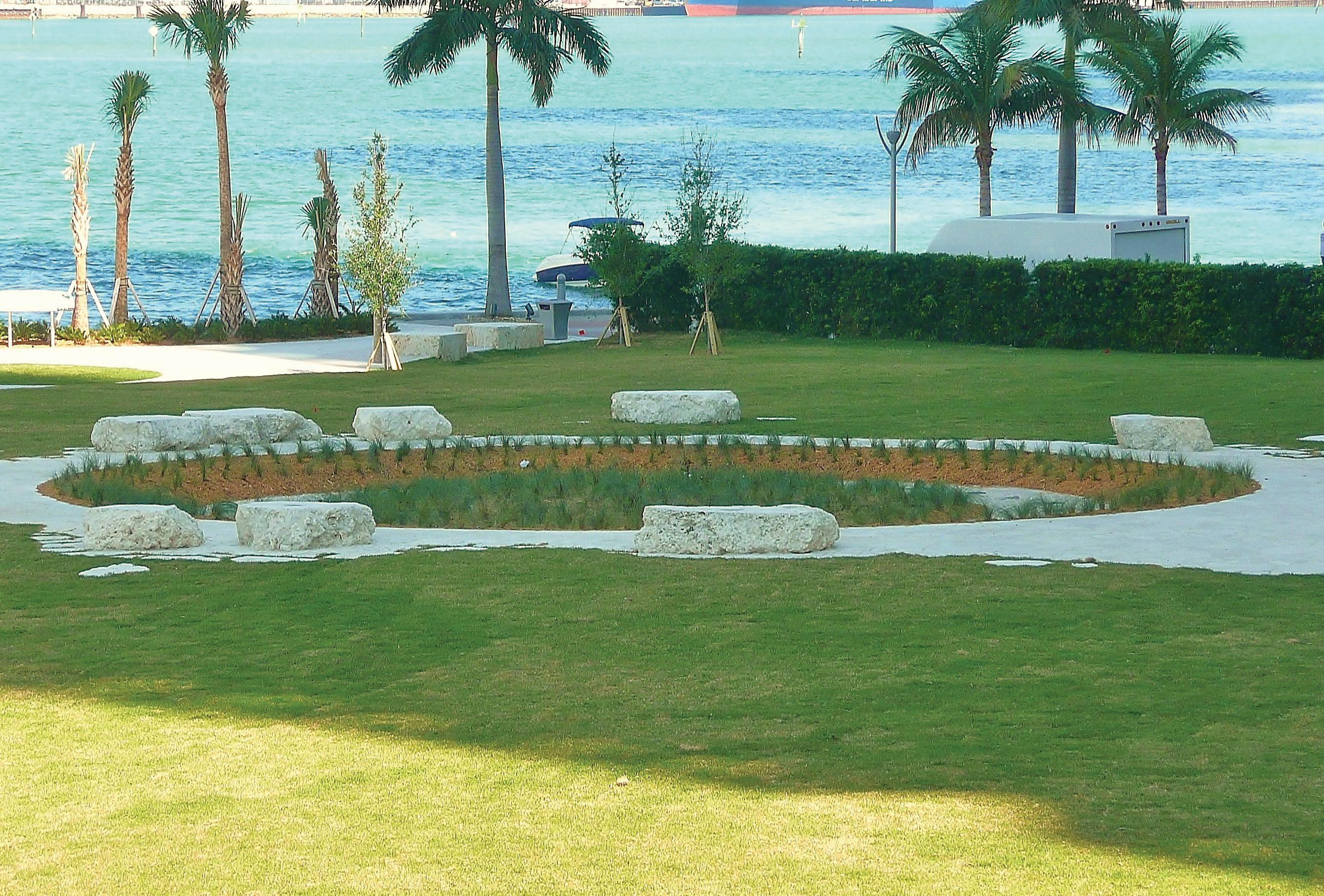
1 minute read
Development or Preservation?
SO, THERE’S THIS SITE at the mouth of the Miami River that, after several years of study and digging, a team of professional archaeologists, indigenous people and other interested groups believe has huge historical significance. And it just so happens that that same site has been earmarked for development as it lies in one of Miami’s most upscale neighborhoods. So, what should be done? What’s best? Well, that’s exactly what Miami’s historic preservation board is being asked to decide.
The controversy surrounds three building sites on which archaeologists have found a treasure trove of over one million artifacts, ancient human remains and evidence indicating that a major native American settlement was active at least 2,000 years ago and possible as early as 7,000 years. Wooden tools, stone, shell and copper artifacts, post holes, shark’s teeth, basalt clubs, axe heads, bowls, beads and many other cultural items and physical evidence indicate a thriving, successful population of Tequesta natives had once traded with distant tribes while living on the banks on what is now the Miami River. In fact, much of the area surrounding the site that lies underneath current development may have been part of this cultural center. Nearby, in 1998, archaeologists had previously discovered the Miami Circle, a perfect circle with 24 post holes outlined by and carved in the bedrock, which was thought to be the remnants of a ceremonial center. (The property was subsequently bought by the state and turned into a park.) In fact, it is the only site in Eastern North America where a prehistoric permanent structure has been found cut into the bedrock, and archaeologists think these sites are related.
Advertisement
BOTH SIDES of course, intend that the outcome for the site be determined in accordance with their own goals. While the developer intends to continue construction on the property, the archaeologists and other groups would like to see the site and its contents preserved, as they believe it has major historical significance. On April 4th, after an intense five-hour hearing wherein each side’s issues were aired, both sides appear at least somewhat satisfied in the aftermath of the hearing. While preservation of all the lots appears unlikely, the developer did not object to a 8-0 vote by the board to designate one of the lots as “historic” while dropping that designation on the other two lots. The two sides will now have time to reach an agreement and develop a plan for preservation and interpretation of the finds. Stay tuned.










